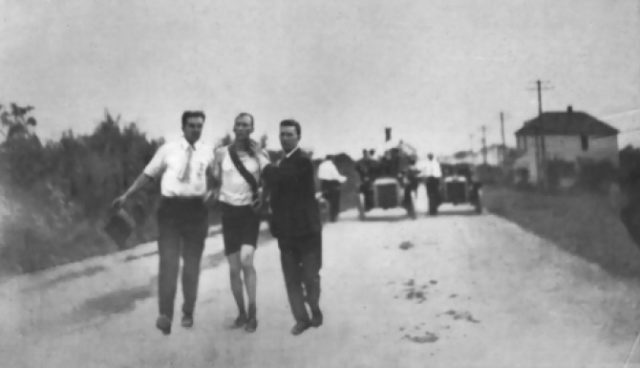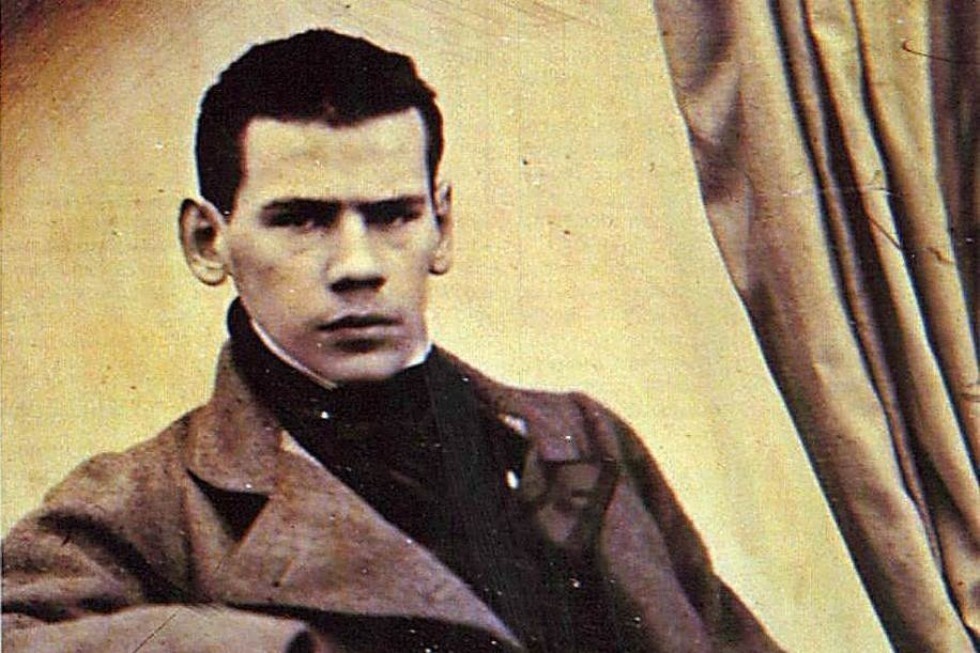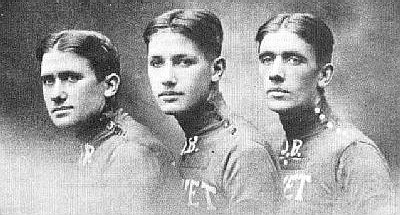|
|
Post by Woland on May 6, 2020 12:13:56 GMT -5
For the moderators: I wasn't sure if "sports" qualifies as "cultural history" so I'm posting it here.
For the rest of you mortals: Feel free to add any anecdotes and stories about the use of performance-enhancing drugs in sport.
Performance-enhancing drugs goes back a long way in the world of sport. In many cases the athletes were ahead of the authorities, it was only in the 1960s when when sports federations started to take doping seriously. In some cases the authorities have been complicit in the crimes, fearing the economic hit to their lucrative sports, a couple examples off the top of my head:
As recently as 2001 the Nevada Athletic State Commission did not test boxers for steroids (think of every major Heavyweight title fight in Vegas during the 90s).
The World Cup winning West German side of 1954 were believed to have taken metamphetamine injections (unbeknownst to them), their 3-2 win over Hungary (known as the "Magnificent Magyars) is known as the "Miracle of Bern".
Possibly the most notorious early doping story occurred in the 1904 Marathon in the Summer Olympics: The initial "winner" Frederick Lorz was disqualified for using a car, while the real winner Thomas Hicks almost died shortly after crossing the finish line.
Turns out about 10 miles before the end, the British-born American was given shots of Brandy and doses of strychnine by his assistants to get him over the line. The conditions were so bad over half the field didn't finish the race: 30°C weather, the horrendously dusty roads and extreme humidity, poor organising and weather. Near the end Hicks he could barely walk and was said to be hallucinating, at one point his assistants were holding him up by the arms as he shuffled his feet to make it look like he was running! After he collapsed if the doctors hadn't treated him quickly enough he would've almost certainly died in the stadium.
An interesting thing to note is in the Boston Marathon a year later Hicks would fail to finish while the disqualified Lorz finished 1st.
Photo of Hicks being helped by his assistants.
|
|
|
|
Post by Woland on May 27, 2020 20:11:06 GMT -5
In 1807, long distance runner Abraham Wood squared off against Captain Barclay Allardyce in a 24-hour race. "Captain Barclay" was said to be able to do the 400m sprint in 56 seconds and walk 100 miles in 19 hours, while Wood once ran 40 miles just under 5 hours. Barclay was given a generous 20 mile headstart as compensation.
After 3 hours of racing Wood had clawed back 4 out of the 20 miles handicap, but after 40 miles Wood withdrew from the race in controversy. Abraham Wood later admitted after the 22 mile mark his handlers gave him liquid Laudanam (a.k.a. Opium) to get him through the race, clearly it didn't work.
|
|
|
|
Post by Woland on Jul 2, 2020 11:20:31 GMT -5
The Pélissier brothers Henri, Charles and Francis were successful cyclists in the 1920s and 30s: Francis won the French National Road Race Championship thrice; Charles won 16 stages at the Tour de France including 8 in the 1930 race (he finished 9th overall); Henri won the 1923 Tour de France. The following year Henri, his brother Francis and a third rider Maurice Ville withdrew from the 1924 Tour de France after a clothing row. In an interview with Albert Londres of "Le Petit Parisien", the conversation switched from clothing to drugs:
"You have no idea what the Tour de France is", Henri said. "It's a Calvary. Worse than that, because the road to the Cross has only 14 stations and ours has 15. We suffer from the start to the end. You want to know how we keep going? Here..." He pulled a phial from his bag. "That's cocaine, for our eyes. This is chloroform, for our gums."
"This", Ville said, emptying his shoulder bag "is liniment to put warmth back into our knees."
"And pills. Do you want to see pills? Have a look, here are the pills." Each pulled out three boxes.
"The truth is", Francis said, "that we keep going on dynamite."
Henri spoke of being as white as shrouds once the dirt of the day had been washed off, then of their bodies being drained by diarrhoea, before continuing:
"At night, in our rooms, we can't sleep. We twitch and dance and jig about as though we were doing St Vitus's Dance..."
"There's less flesh on our bodies than on a skeleton", Francis said
Years later Henri Pélissier claimed he was kidding the journalist over the pills and cocaine. In 1930 the rule book designed by organiser Henri Desgrange (founder of the Tour who often feuded with Henri) reminded riders that drugs would not be provided by the organisers.
|
|
|
|
Post by Woland on Aug 5, 2020 17:45:40 GMT -5
James "Pud" Galvin was an MLB pitcher from 1875-1892, after his retirement he held several all-time records in pitching (later eclipsed by Cy Young), he was the first MLB player to win 300 games. He was also the first MLB to openly take performance-enhancing drugs.
In 1889 it is known he used the Brown-Séquard elixir, the concoction consisted of testosterone drained from the gonads of dogs, rabbits, sheep, guinea pigs, and other animals. It was the brainchild of Mauritian physiologist Charles-Édouard Brown-Séquard who claimed injecting such an elixir would lead to rejuvenation and prolonged human life. At the time performance-enhancing drugs were not considered taboo; the Washington Post even praised the elixir in an article from that year:
Pud Gavin would die in 1902 aged 45. An advert from 1912 showcases the miracles prescribed to a similar "elixir".
|
|








